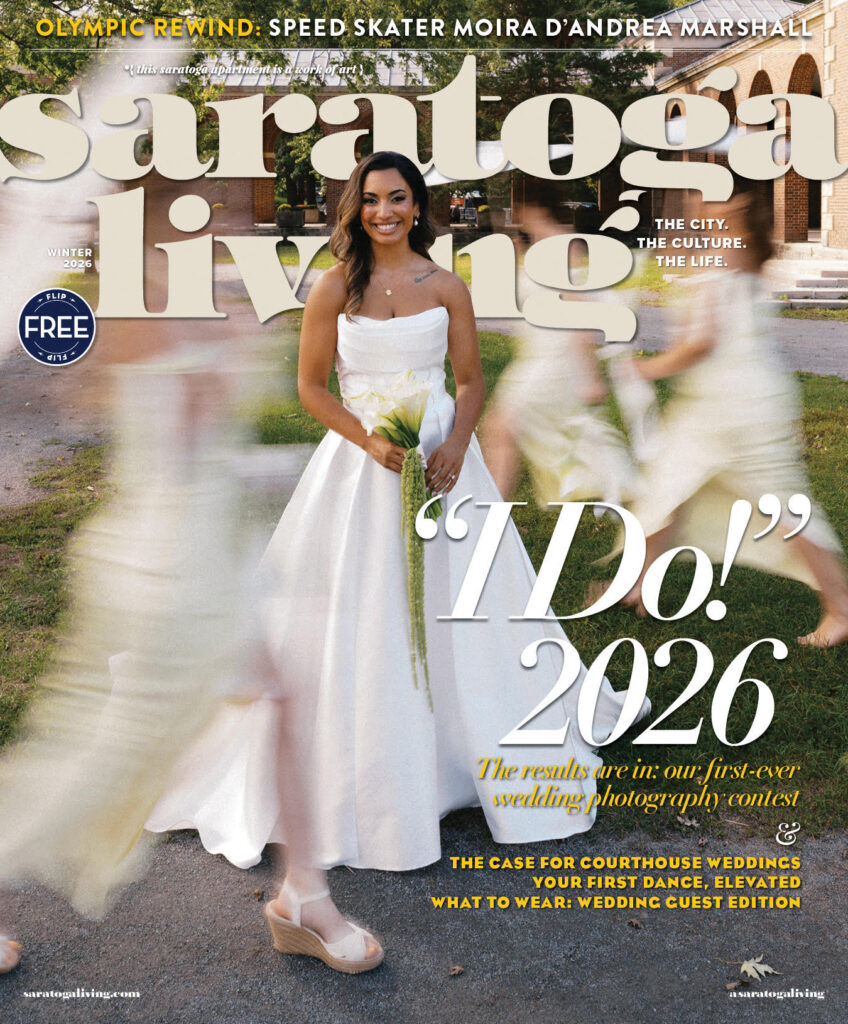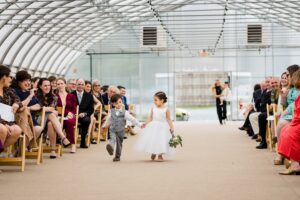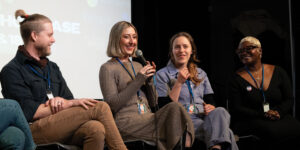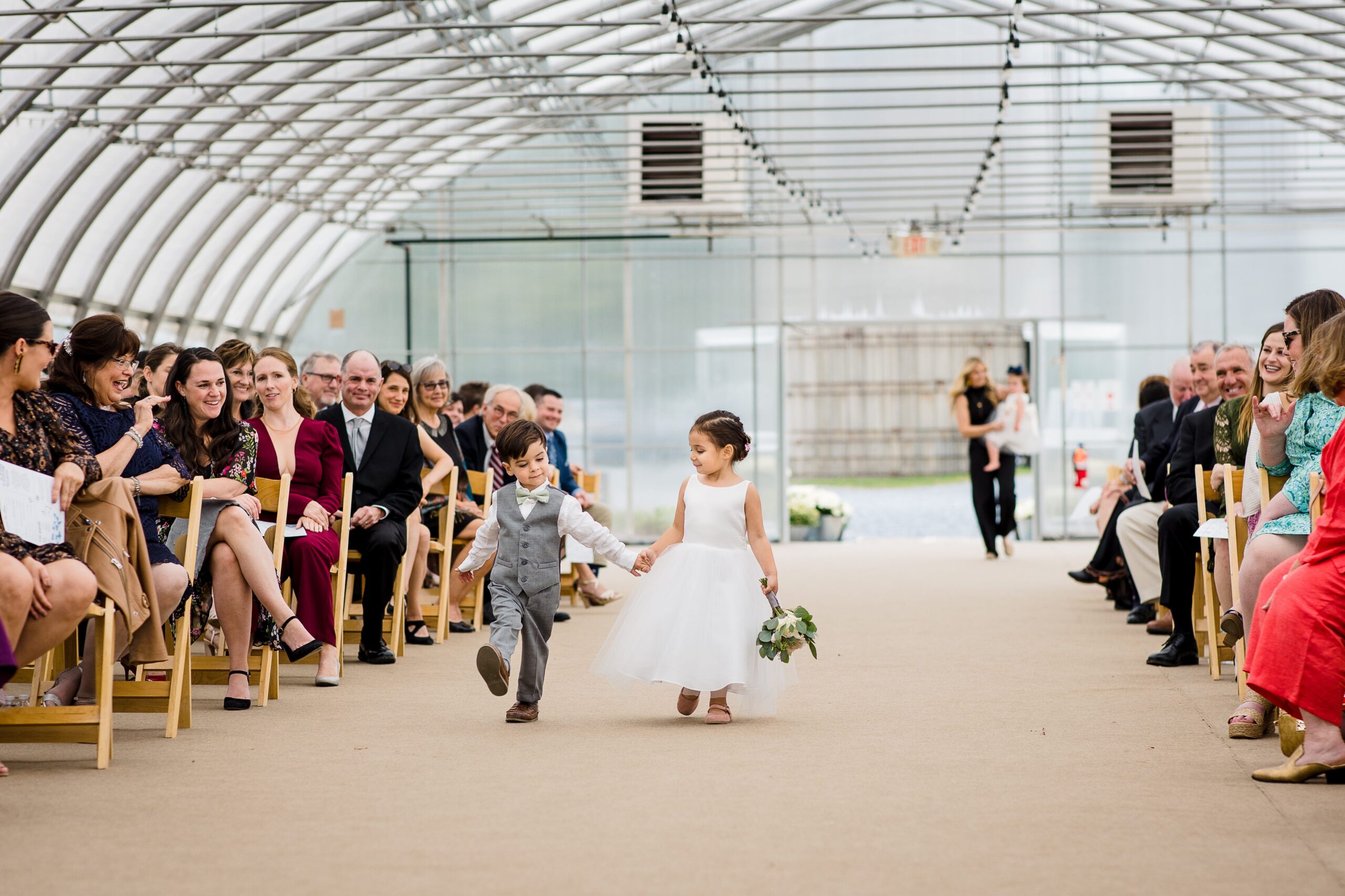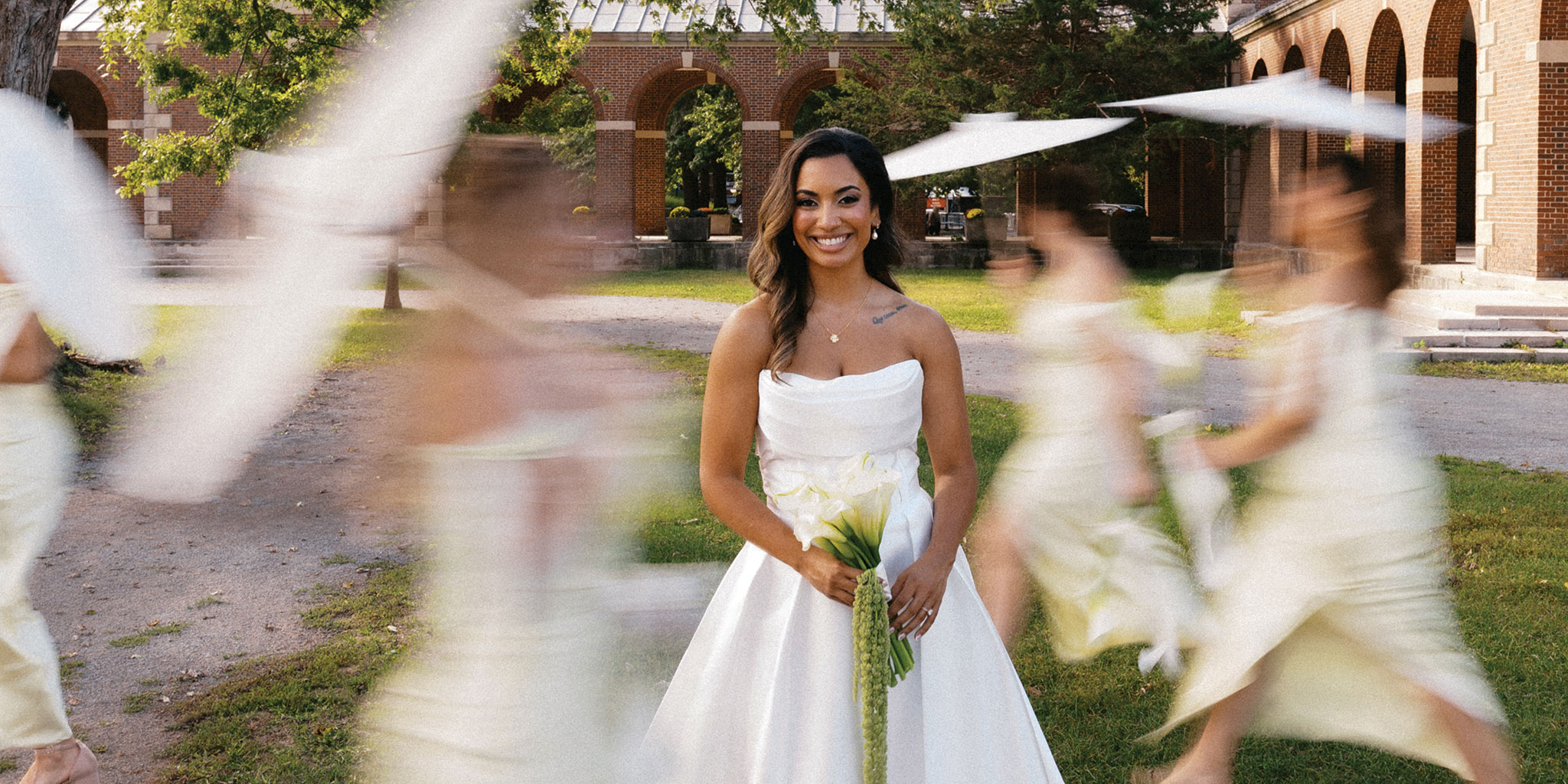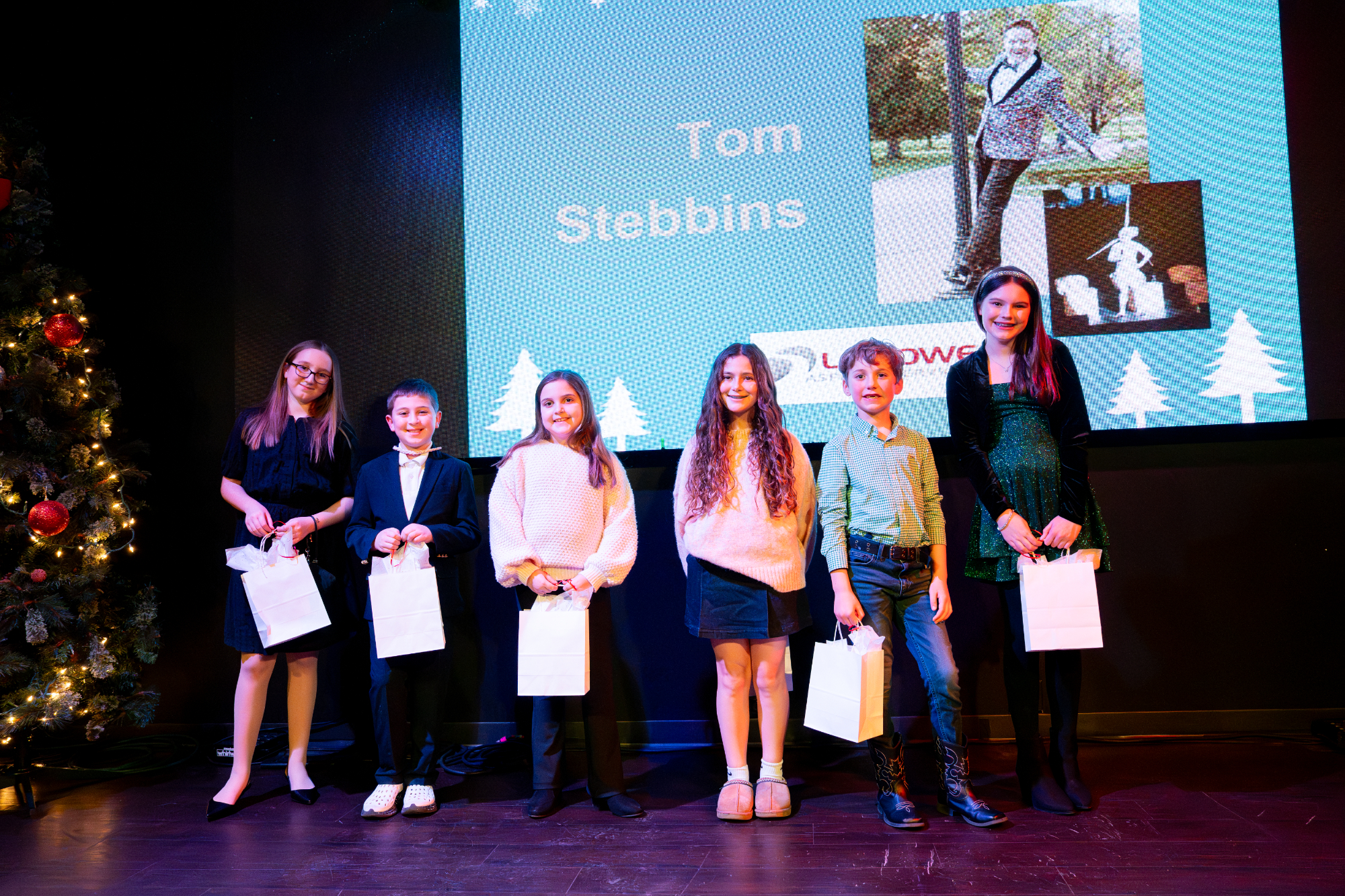Joel Rosario will never forget his first visit to Saratoga Race Course. In August 2010, the young jockey arrived at the Spa to ride Blind Luck in the historic Alabama Stakes in a race that would turn out to be one of the most memorable editions of the filly classic ever. Rosario, 25 at the time and emerging as the dominant jockey on the California circuit, made all the correct decisions that day to help Blind Luck defeat the sensational Havre de Grace in a thriller.
It was nothing short of a dramatic, cinematic win: Even Blind Luck’s trainer, Hall of Famer Jerry Hollendorfer, was concerned about the race’s pace as it unfolded, but Rosario demonstrated his uncanny sense of timing. With Blind Luck five lengths behind the leader and last through six furlongs of the 1¼-mile contest, Rosario sat chilly. The time splits, which Hollendorfer called “a little worrisome,” weren’t conducive to a late closer like Blind Luck. Rosario, however, knew when to push the button. “I was very, very comfortable where I was,” he says. “I was expecting a pretty slow pace, but I sat in behind them and watched.”
John Velazquez, riding Devil May Care, got his filly into the clear on the turn for home so he could set her down for the stretch run. But Rosario simultaneously turned Blind Luck loose and had her rolling on the far outside as the field straightened into the stretch. The sense of when to pull the trigger is essential for a jockey—and few do it at the elite level of Rosario.
“I kind of warned Joel that Johnny was going to try to open up on him a little bit at the head of the lane,” Hollendorfer says. “He watched for that a little bit and moved a little earlier. It was probably a good thing that he did.”
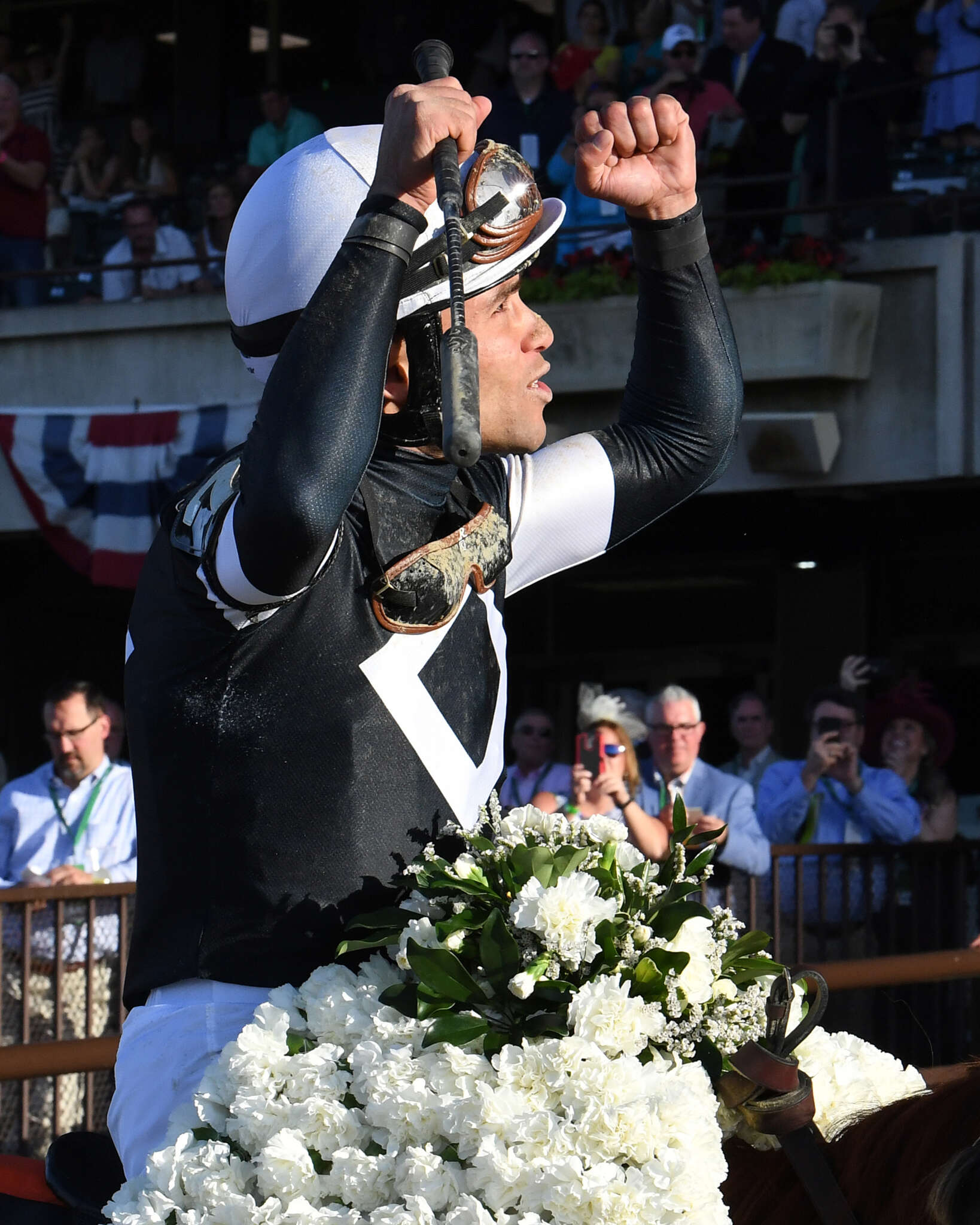
While Devil May Care weakened, Blind Luck surged. Under the strong and confident handling of Rosario, she took the lead at the sixteenth pole and passed the wire a neck ahead of Havre de Grace. That triumph—in front of a crowd of 30,852—was Saratoga’s first glimpse of a superstar in the making.
“I had never been to Saratoga before that Alabama, but I knew the reputation of the track for being so great, and it definitely is,” Rosario says. “I knew right away it was a special place and that the racing was amazing. The fans really support it. I’ve been lucky to have had a lot of great experiences at Saratoga.”
That first exemplary ride is the sort that Rosario has executed with regularity throughout his career, during which he’s remained enamored with Saratoga. Fittingly, he’ll be inducted into the National Museum of Racing’s Hall of Fame in the middle of the Saratoga meet, on Aug. 2.
As a child, however, the athlete had his sights set on a very different Hall of Fame.
While growing up in the Dominican Republic, Rosario dreamed of becoming the Caribbean nation’s next great baseball player. Maybe someday he’d hit tape-measure home runs like David Ortiz and Vladimir Guerrero or fire blazing fastballs like Juan Marichal and Pedro Martinez, all Dominican-born ballplayers whose careers led them to the Baseball Hall of Fame. But by the time he hit his teenage years, Rosario had accepted the reality that he simply didn’t have the ideal physical traits needed to make his diamond aspirations a reality.
“I loved playing baseball growing up,” he says. “It was my passion and I was pretty good, but I didn’t get that growth spurt that everyone else around me did. I had to find a different dream, a different path.”
That new path led Rosario to the racetrack, where the athleticism and strength he possessed in his small frame proved to be an ideal combination. Born in San Francisco de Macoris in 1985, Rosario was introduced to racing by his brother, Juan, at the Quinto Centenario Racetrack in Santo Domingo. At the age of 12, with parental consent, Rosario began a two-year program at his country’s jockey school. He proved to be a quick learner and was riding in races at 14. Within a year, Rosario was the leading rider at Quinto Centenario.
“We had horses on the farm where I grew up,” Rosario says. “I enjoyed being around them. It felt natural to me when I started riding and I just loved it. There’s no feeling like riding a racehorse. It’s just incredible.”
After dominating the jockey standings for five years at Quinto Centenario, Rosario moved to California in 2006 with the help of Dominican trainer and bloodstock agent Herbert Soto. He started out at the Los Angeles County Fair at Fairplex Park, then headed north to compete at Bay Meadows and Golden Gate Fields. Rosario had moderate success in his first year in America, winning 29 races from 219 mounts.
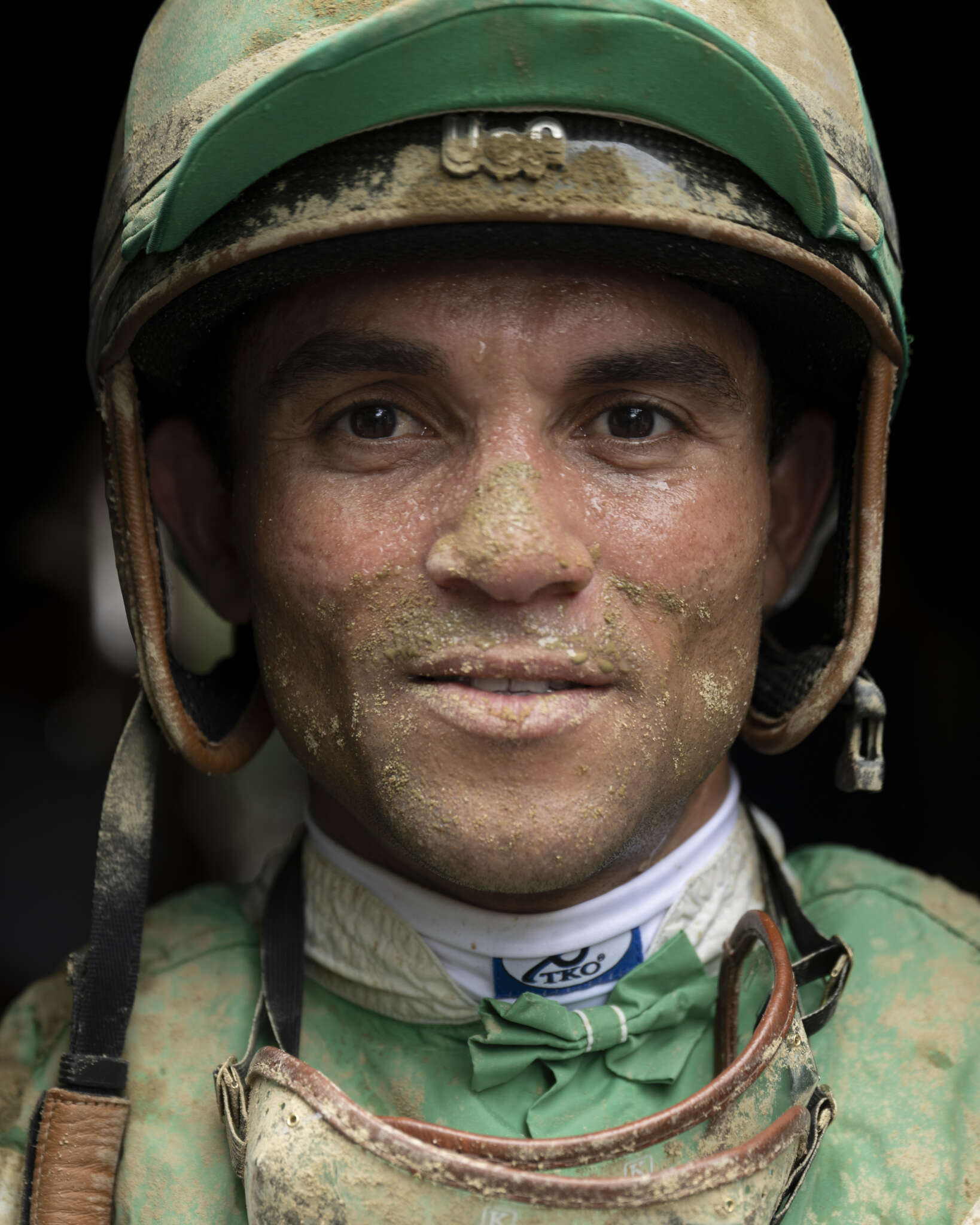
“It was all about learning when I first got to California,” Rosario says. “There were ups and downs. I just had to stay patient, be focused, work hard…try to get better every day.”
Rosario’s rise was meteoric. He rode 1,024 races in 2007, winning 154 (15 percent). His first graded wins came the following year when he increased his win total to 193. Rosario piloted five winners on a single card at Hollywood Park in 2008, including the Grade 3 Native Diver Handicap aboard Slew’s Tizzy for trainer Doug O’Neill. After his final mount at Hollywood that day, Rosario went straight to Puerto Rico to ride the colt Sicótico in the Clásico del Caribe (Caribbean Derby). Sicótico, bred in the Dominican Republic, had won that country’s Triple Crown earlier in the year and took a 16-race win streak into the Clásico del Caribe.
With Rosario aboard, Sicótico closed late for a 1½-length victory. It was the first time a Dominican-bred horse won the prestigious race and a proud moment for Rosario, who was given the mount by Dominican trainer Eugenio Deschamps.
“That was a special experience,” Rosario says. “Winning a race like that for my country and a trainer who really supported me early in my career meant a lot and was a great honor. I’m very grateful I had the opportunity.”
Rosario was just getting started. He won his first Breeders’ Cup race in 2009 at Santa Anita in the Sprint aboard Dancing in Silks for trainer Carla Gaines at odds of 25-1. Rosario rode 284 winners that year with his mounts earning more than $13 million.
“Winning that first Breeders’ Cup race was big for me,” Rosario says. “It’s the championship event and it gave me a lot of confidence as I was building momentum.”
From 2009 through 2011, Rosario won six consecutive meet riding titles at Hollywood Park. During that period, he also won three titles at Del Mar and two at Santa Anita. But instead of being content with his status as the king of the California tracks, Rosario desired a new challenge. He hired Ron Anderson as his agent and moved his tack to New York in 2012.
“I love California, but I wanted some different opportunities and going to New York was the best decision for me,” Rosario says. “The timing was right to make the move. I’ve been with Ron for about 12 years now and it’s been great. I’ve had amazing experiences and been very lucky to ride great horses for many great trainers.”
Rosario’s career went to another level after the move. He won the $10 million Dubai World Cup in 2013 with Animal Kingdom for trainer Graham Motion and that year’s Kentucky Derby with Orb for Hall of Fame conditioner Shug McGaughey. He won the Belmont Stakes the next year with Tonalist for Christophe Clement and piloted a second Belmont winner, Sir Winston, in 2019 for Hall of Famer Mark Casse. Rosario has also continued to thrive at the Breeders’ Cup: His 15 wins in the event include two editions of the Classic. Rosario’s 2021 Classic victory with Horse of the Year Knicks Go for Brad Cox was the cherry on top of his best year to date. He led all North American riders in earnings with $32,956,215 and was voted the Eclipse Award for Outstanding Jockey.
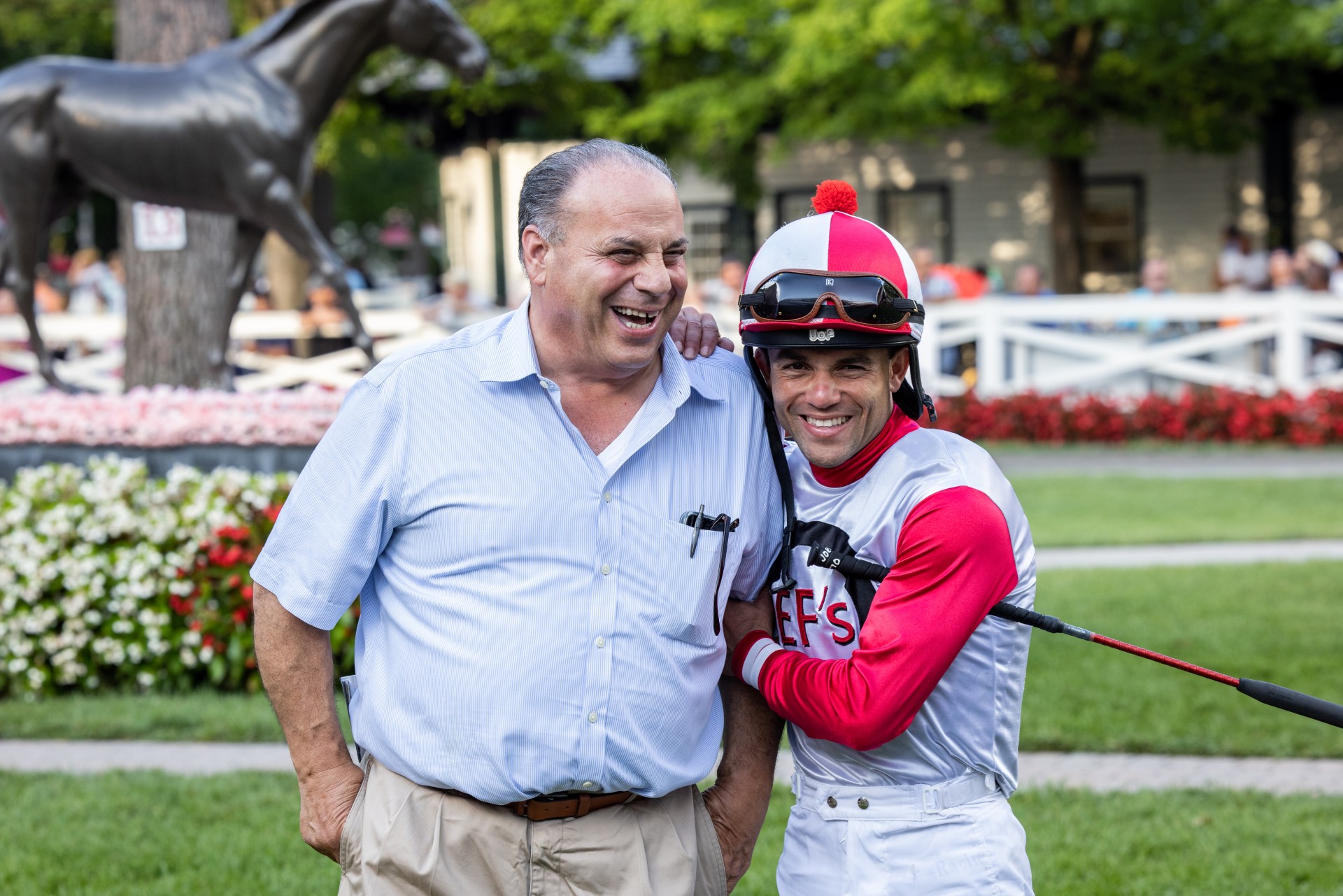
“I put in a lot of hard work because I want to be the best I can for all the trainers and owners who believe in me, and I really try to take good care of the horses,” Rosario says. “The horses always give you everything they have and it’s only right that I do the same. I study the [past performances], get as much information as I can from the trainers, and really try to get to know the horses and make them feel comfortable with me. The horses have to trust you. The horse always comes first.”
Through the 2024 Belmont Stakes Racing Festival, Rosario had ridden 3,623 winners with purse earnings of $320 million. Only Hall of Famers Velazquez, Javier Castellano and Mike Smith have higher career earnings. When given the news of his election to the Hall of Fame in his first year of eligibility, Rosario said it is an honor he is both proud of and obligated to share.
“You can’t do it alone,” he says. “You have to make the right decisions when you are on the horse, but so many people have helped me in my career and given me the opportunities. I’m very thankful for that and of course thankful for all the horses. Horses have given me everything.”
Other than while planning his speech and on induction day, Rosario says he won’t spend much time reminiscing about the achievement. There will be a time for that sort of reflection eventually, but at only age 39, Rosario is entrenched in his prime and among the upper echelon in his profession.
“It’ll be amazing to be in the Hall of Fame with so many great jockeys that I admire, but I will still have to work as hard as I always have if I want to keep doing well,” Rosario says. “That won’t change. My approach will stay the same. I love to ride and compete with the best. I hope to be able to do it for a long time. I’ve been very blessed.”







